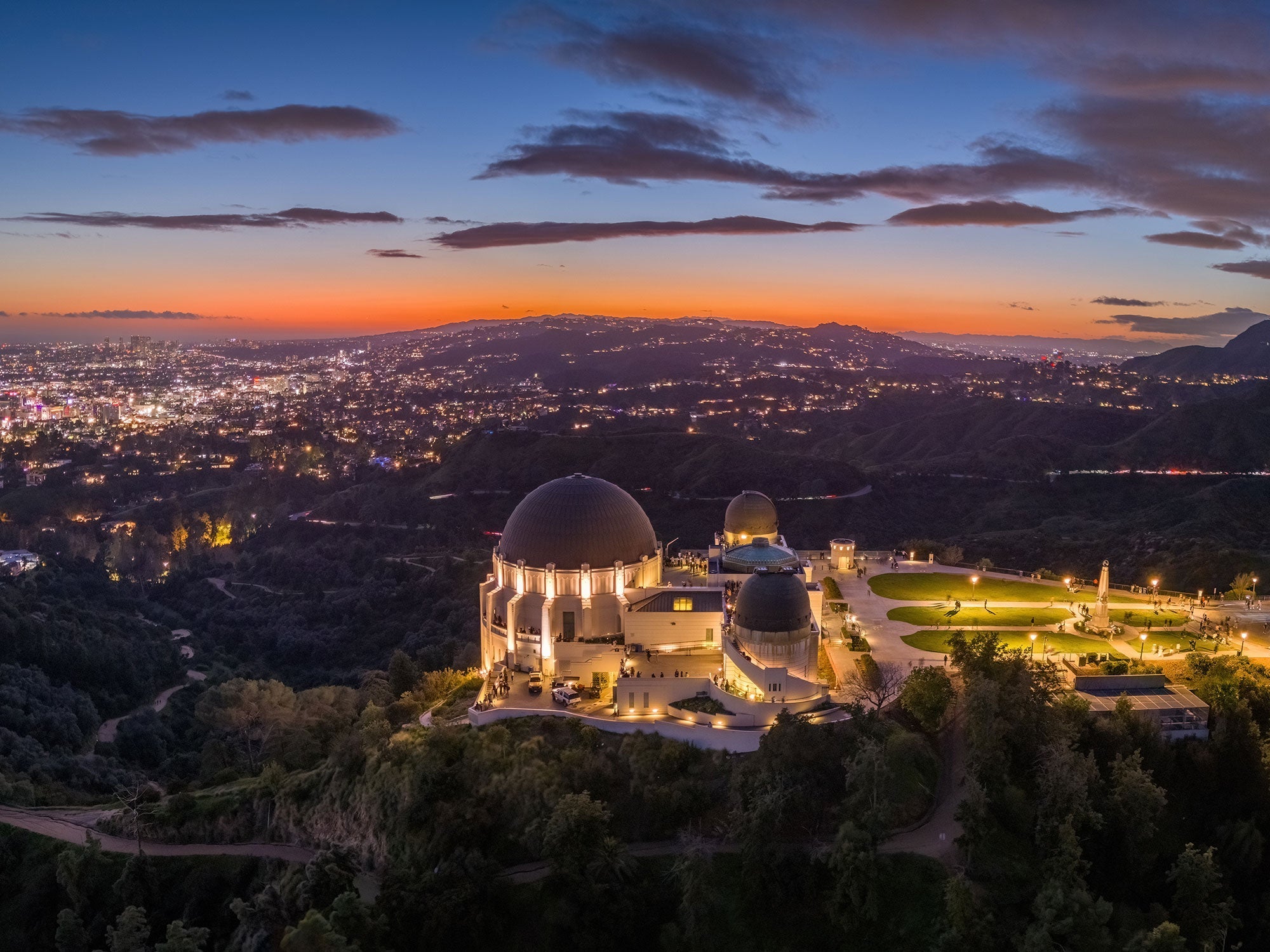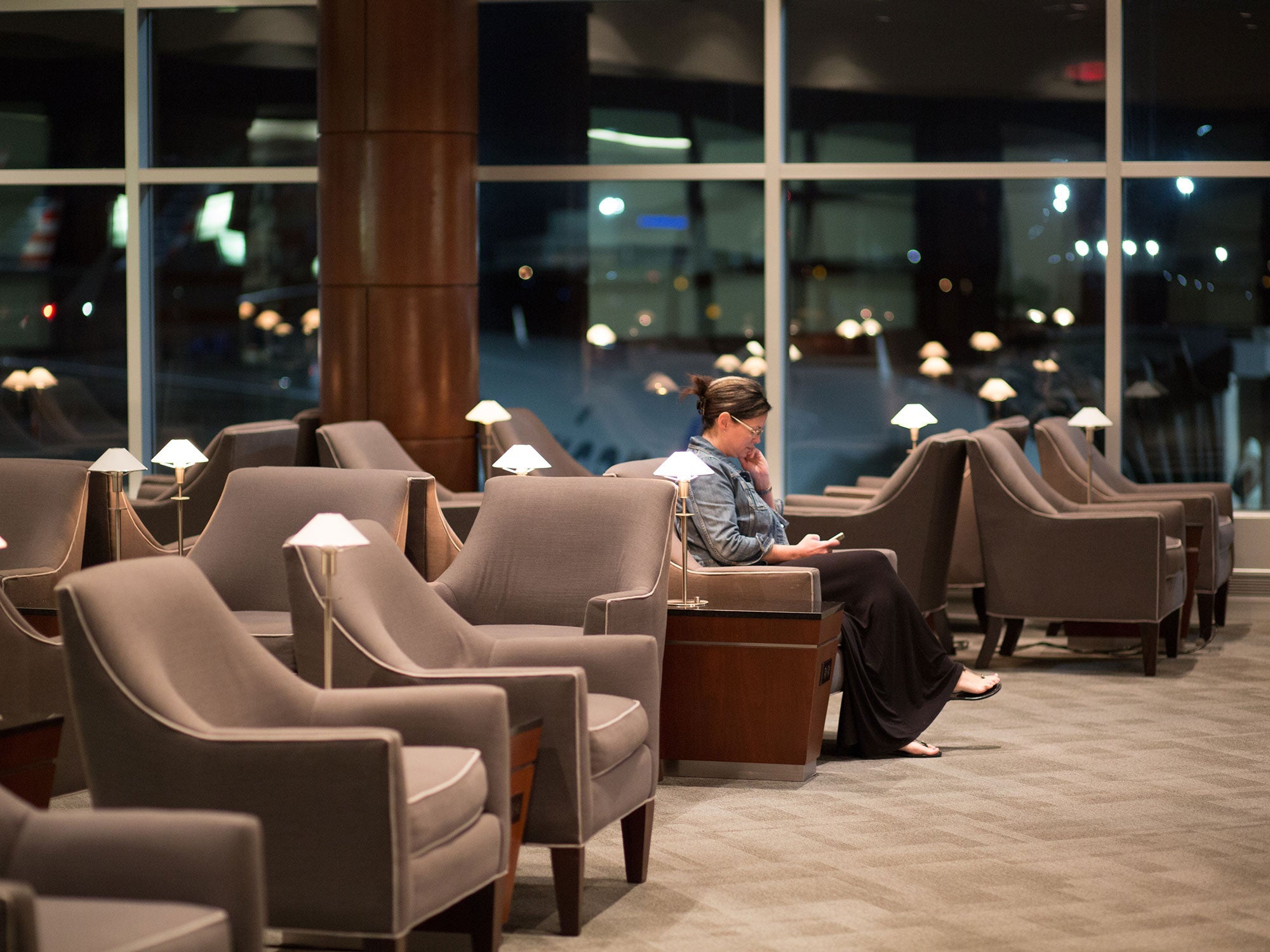
Leica in low light: mastering evening and night photography
The moon stands in the deep black night sky and casts the silhouette of the forest in an almost mystical light. The small lake in the foreground captures the silver glow of the moon. It reflects it like a smooth mirror, giving the nocturnal scenery a magical atmosphere. In situations like this, many photographers are itching to get their camera out and capture the moment.
But: blurring, underexposure, camera shake and noise are often inevitable with such shots. Shooting high-quality photos in low light is a challenge for any photographer. That's why low-light photography is both a photographic dream and a nightmare.
With a Leica camera and the right lenses, you can master this challenge, because: Leica is almost perfect for night photography. Find out what is important for evening and night photography and how you can take impressive pictures in low light.
The basics and equipment for low-light photography
There is no one perfect camera for low-light photography. It is important to have a high-quality device that allows you to freely set the ISO value and exposure time.
The right ISO value
Nowadays, the ISO value can be adjusted on most cameras. This is important for night photography, as the ISO value usually has to be set very high here. A high ISO value means that the light sensitivity of the sensor increases. However, do not set it to the maximum straight away. The higher this value is, the more disturbing image noise will appear in the photo. At night, you will need at least ISO 800. High-quality Leica cameras can also cope with higher ISO values without the image quality suffering too much. Nevertheless: always select the ISO as high as necessary, but as low as possible.
The right aperture
To make the best possible use of the available light, you should open the aperture of the lens wide. You therefore need a fast lens. Such a lens offers aperture settings in the range from F/1.2 to F/2.8, which can be seen on the lens itself. The smaller the aperture value, the wider the aperture is opened and the more light falls on the sensor. However, the wider the aperture, the smaller the focal plane. You now have to focus precisely so that your actual subject does not sink into the blur.
The perfect shutter speed
The shutter speed is also very important for evening and night photography. It indicates how long the sensor is exposed - i.e. how long the light falls on it. Slower shutter speeds are a must for low-light photography, as this is the only way for the camera to capture enough light. Exposure times of several seconds are often unavoidable. However, this only works if the camera does not move at all during the shot. Hand-held photos are therefore rarely successful at night. Use a stable tripod to avoid blurring due to movement in the picture. It is also advisable to use a remote shutter release. As soon as you press the shutter release on the camera, it shakes along with the tripod. You can avoid this by using a remote shutter release.
You can also find the right camera bag for your equipment and everything you need to protect your camera in our Oberwerth Shop. From classic camera bags to modern sling bags up to noble photo weekenders and backpacks. Of course you will also find hand straps and shoulder straps. Finest craftsmanship made from the best materials. Take a look around and find the bags & accessories that best suit you and your equipment!
Manual focusing
When there is little light available, the shutter release of your camera often has difficulty capturing the subject correctly. You can solve this problem with manual focusing. Here you focus the image yourself to avoid blurred subjects. Leica cameras usually have a focus peaking function that helps you to determine the exact point of focus.
Creative approaches and motifs in low-light photography
When it comes to night photography, the main thing is to be creative and keep trying out new things. Nevertheless, there are a few creative approaches and motifs that you can try out first as a beginner. This will help you gain experience with evening and night photography.
Capturing illuminated buildings
Whether individual houses or an entire city: the lights that are switched on make buildings shine in a colorful, luminous glow at night. You can also capture this in your photos with the right settings.
Playing with reflections
Photographing after rainfall or near bodies of water is also a good idea at night. The lights of the city are reflected on a wet street. A lake, on the other hand, reflects the moonlight in an impressive way. This makes for great motifs for your night photography.
Capture silhouettes
Take photos against the light in the evening or at night. Then the outlines of houses, forests, mountains or people will stand out particularly sharply. This will give your picture a mysterious, sometimes even ghostly atmosphere.
Painting with light
If you already have some experience with night photography, try out light painting. Here, light sources are integrated into the shot in such a way that artistic effects are created. To do this, work with glow sticks or flashlights. Set up the camera on a tripod and select a long exposure time. Then paint motifs into the night in the dark with the light source. The movement and long exposure create fascinating patterns in the shot.
Why Leica is perfect for night photography
There are many reasons to tackle evening and night photography with Leica:
- Excellent image quality: Leica cameras are characterized by outstanding resolution and brilliance of the images - even at high ISO values. The sensors and lenses are designed to deliver virtually noise-free images with sharp details, even in low light.
- Intuitive operation: With a Leica camera, you can make all the important settings manually without having to think about it. You can concentrate fully on your creative projects without having to struggle through complicated menus.
- Robust construction: Leica cameras come with robust and weatherproof housings. They are therefore ideal for difficult weather conditions. In rain, snow or dust, your camera will withstand the elements and guarantee first-class shots even under adverse conditions.
Conclusion: Master the art of night photography with Leica
Night photography allows you to see the world in a different light. The exceptional quality of a Leica camera helps you to create impressive images and capture the magic of the night. Experiment with different settings and give your creativity free rein. With a little practice and patience, you will soon succeed in taking breathtaking night shots.

